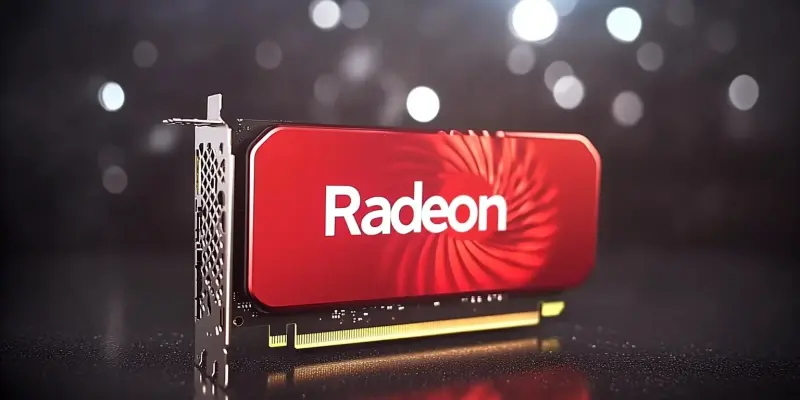In the fast-paced tech world, demand often surpasses supply, causing issues for consumers and manufacturers alike. Users trying to get AMD’s latest Radeon RX 9070 and RX 9070 XT GPUs face availability issues and inflated prices. Yeston, an AMD board partner in China, indicates that stock stability may not occur until May, suggesting a turbulent period until late April. The scarcity and high prices make these GPUs difficult to acquire. Yeston is striving to restock weekly, advising consumers to be patient amid supply chain disruptions.
These challenges are felt worldwide, from China to the US. AMD’s allocation prioritizes top-tier partners like Asus, XFX, and Sapphire, who get larger shipments and can offer many models. Second-tier partners such as Yeston, Acer, Gigabyte, and Asrock get smaller shipments, limiting their model range. This tiered distribution creates limited availability of some models, frustrating consumers who want these high-performance cards.
The high demand for Radeon RX 9070 GPUs has driven prices up, with some models selling for $130 above MSRP. AMD promised wide availability at launch, but it hasn’t happened. Buyers struggle to find GPUs at reasonable prices, often delaying purchases or paying more. These issues underline the strain on the supply chain and the unexpected demand for high-performance GPUs.
AMD’s partners are working to meet market demands and clarify restocking efforts. This situation highlights GPU industry challenges and the need for effective supply chain management. As shortages and price hikes continue, consumers must navigate an unpredictable market. Future improvements in logistics and planning by AMD and its partners may help, but for now, users must remain informed and patient.

